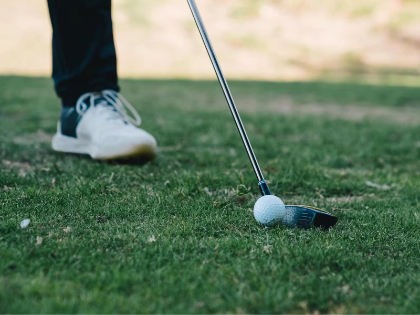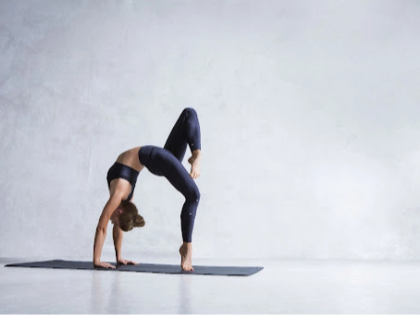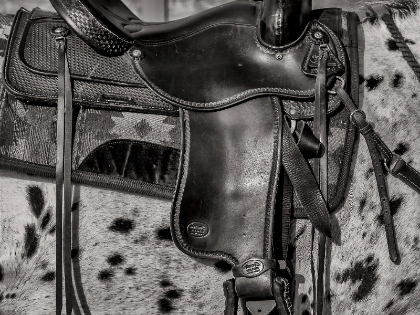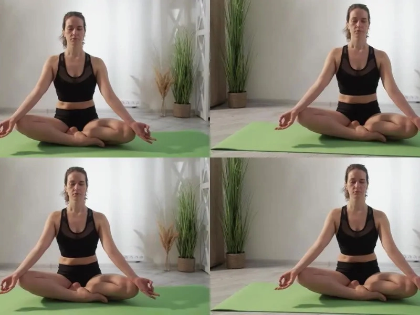Understanding Golf Ball Dimple Patterns And Their Effects
Dimple physics is a difficult subject. Still, their performance of a golf ball depends on them. Depend on their depth, size, and pattern, dimple patterns affect distance, trajectory, and accuracy. Early days of golf, this was discovered by accident when roughened balls flew farther than smooth balls. Manufacturers meticulously maximise dimple designs for best performance today.
Dynamics in Aerodynamics

Travel
 The correct golf ball will make all the difference whether your level of play is casual or aspirational. Making wise judgements on what kind of golf balls to use depends on knowing the physics behind the little indentations on the surface of a golf ball, which vary in dimple patterns influencing distance, spin, and accuracy.
Manufacturers try with various dimple types and sizes to produce a golf ball that performs optimally. They also take into account things like speed, temperature, and other environmental elements. Manufacturers have discovered that particular dimple configurations significantly enhance the flying properties of the ball. By forming a thin layer of turbulent air surrounding the ball, dimples lessen the drag force on it and balance the pull of gravity thereby enabling the ball to keep its speed for a longer period. By removing laminar flow lines from their surface, they also boost Magnus lift, which lets the ball go farther.
The correct golf ball will make all the difference whether your level of play is casual or aspirational. Making wise judgements on what kind of golf balls to use depends on knowing the physics behind the little indentations on the surface of a golf ball, which vary in dimple patterns influencing distance, spin, and accuracy.
Manufacturers try with various dimple types and sizes to produce a golf ball that performs optimally. They also take into account things like speed, temperature, and other environmental elements. Manufacturers have discovered that particular dimple configurations significantly enhance the flying properties of the ball. By forming a thin layer of turbulent air surrounding the ball, dimples lessen the drag force on it and balance the pull of gravity thereby enabling the ball to keep its speed for a longer period. By removing laminar flow lines from their surface, they also boost Magnus lift, which lets the ball go farther.
Separation
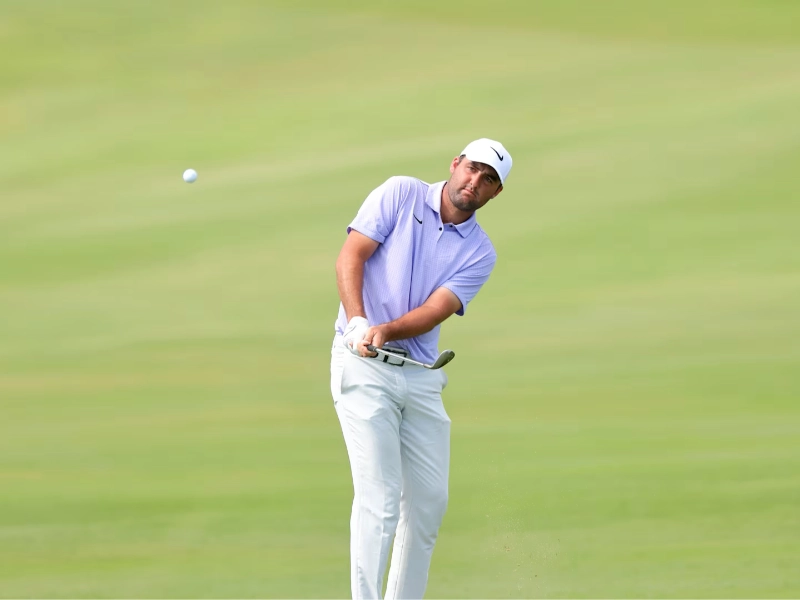 Dimple patterns affect the spin and trajectory of a golf ball when struck. The perfect design strikes a compromise between a golf ball's drag and lift qualities. A golfer will lose distance on their shots either the lift is too high or the spin is too low.
This is why before putting their designs on the market, golf makers experiment with different dimple patterns and fiddle with other design components including inner mantle design. It's all in the name of maximising the performance of a golf ball so it satisfies USGA and R&A regulations within certain boundaries.
A golf ball would fly lower and move more wildly without the dimples. It would also lack lift and distance, so playing this game would be more challenging. Thus, if you want to raise your golf performance, think about using a ball with the same dimple pattern utilised by pros. The change it brings will astounds you.
Dimple patterns affect the spin and trajectory of a golf ball when struck. The perfect design strikes a compromise between a golf ball's drag and lift qualities. A golfer will lose distance on their shots either the lift is too high or the spin is too low.
This is why before putting their designs on the market, golf makers experiment with different dimple patterns and fiddle with other design components including inner mantle design. It's all in the name of maximising the performance of a golf ball so it satisfies USGA and R&A regulations within certain boundaries.
A golf ball would fly lower and move more wildly without the dimples. It would also lack lift and distance, so playing this game would be more challenging. Thus, if you want to raise your golf performance, think about using a ball with the same dimple pattern utilised by pros. The change it brings will astounds you.
Clarity
 The spin rate and launch angle established by the contact between a golf club and the ball determines its trajectory and distance in turn. Though it lasts just 1/2000 of a second, this effect is quite crucial for the general golf ball performance. Scientists and engineers examine the effects closely to maximise the launch conditions of the ball for best results.
By generating a turbulent boundary layer that stabilises the airflow around the golf ball, the dimples lower drag and thereby increase the lift force by so lowering the velocity loss. This lets the ball soar farther and more precisely.
To fit particular golfers' skills and playing situations, golf ball makers adjust the size and form of the dimples. Knowing how the number and arrangement of dimples effect the performance of the golf ball will help you maximise your game and raise your course results regardless of your level of experience.
The spin rate and launch angle established by the contact between a golf club and the ball determines its trajectory and distance in turn. Though it lasts just 1/2000 of a second, this effect is quite crucial for the general golf ball performance. Scientists and engineers examine the effects closely to maximise the launch conditions of the ball for best results.
By generating a turbulent boundary layer that stabilises the airflow around the golf ball, the dimples lower drag and thereby increase the lift force by so lowering the velocity loss. This lets the ball soar farther and more precisely.
To fit particular golfers' skills and playing situations, golf ball makers adjust the size and form of the dimples. Knowing how the number and arrangement of dimples effect the performance of the golf ball will help you maximise your game and raise your course results regardless of your level of experience.


